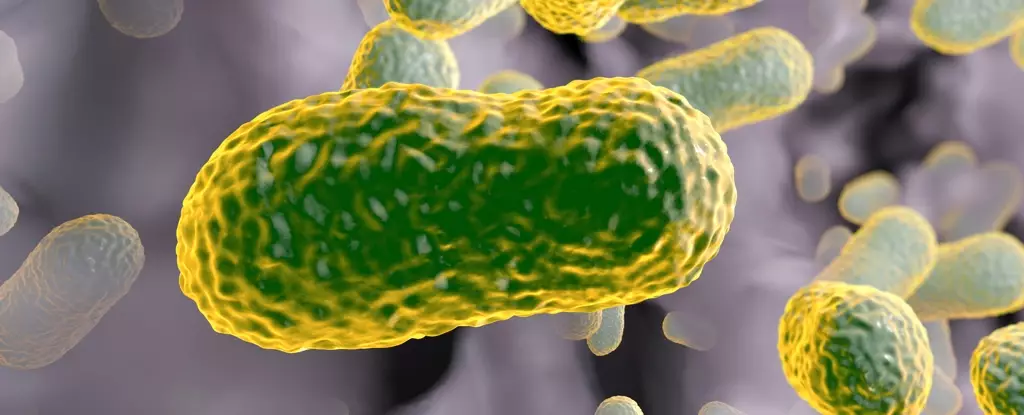In the historical narrative of antibiotics, the mid-20th century is often labeled the ‘golden age.’ This was an era marked by groundbreaking discoveries that revolutionized medicine, leading to the development of drugs capable of combating bacterial infections that previously claimed countless lives. However, as antibiotic resistance has emerged as a significant public health threat, scientific attention has turned back to some of the compounds that were overlooked or abandoned after their initial discovery. One such compound is streptothricin, originally isolated in the 1940s. This antibiotic has resurfaced in modern discussions as researchers seek innovative solutions to the daunting challenges posed by drug-resistant superbugs.
The emergence of multidrug-resistant pathogens has escalated to crisis levels, with the World Health Organization (WHO) identifying numerous bacterial strains that pose a severe risk to public health. A significant concern is the rise of gram-negative bacteria, known for their complex outer membranes that make them resilient against conventional antibiotics. These pathogens are responsible for numerous healthcare-associated infections, creating substantial barriers to treatment. The search for new antimicrobial agents targeting these resistant strains has become critical, as many existing options have become ineffective due to evolving bacterial defenses.
Despite its promise in combating gram-negative infections, streptothricin was relegated to obscurity after initial toxicity studies suggested it might harm human kidneys. Researchers studying its potential, such as James Kirby and his team from Harvard University, have suggested that this antibiotic may have been discarded prematurely. With increased global emphasis on addressing antibiotic resistance, it is time to reevaluate streptothricin, now known as nourseothricin. The renewed interest in this compound shines a light on the broader implications of revisiting historical antibiotics in a contemporary context.
The research conducted by Kirby and his collaborators has revealed promising insights about one variant of nourseothricin—specifically, streptothricin F (S-F). Unlike its toxic counterparts, S-F has demonstrated the ability to eradicate drug-resistant gram-negative bacteria without causing significant harm to cultured kidney cells. In experiments with mouse models, S-F successfully cleared resistant bacterial strains, suggesting its viability as a candidate for therapeutic development. This renewed interest in S-F underscores a pivotal shift in how scientists are approaching antibiotic development, focusing not only on new compounds but also on reexamining established ones.
Understanding the Mechanism of Action
While the complexities of gram-negative bacterial defenses are well-documented, the precise interactions between S-F and these pathogenic organisms remain to be fully understood. Preliminary studies indicate that S-F may interfere with the bacteria’s protein synthesis machinery, a method distinct from traditional antibiotics. This unique mechanism highlights a promising path toward developing new antibiotic classes that bypass existing resistance mechanisms. As researchers continue to delve into how S-F interacts with bacterial cells, there is potential to create targeted therapies that could revolutionize treatment paradigms for rogue pathogens.
As the threat of antibiotic resistance looms larger than ever, the reexamination of forgotten compounds like nourseothricin could be a crucial step in safeguarding public health. The initial findings regarding S-F provide a glimmer of hope in an otherwise bleak landscape dominated by bacterial resistance. By continuing exploration into the revival of old pharmacological warriors, the scientific community may discover new strategies to combat the evolving threats posed by drug-resistant bacteria. The journey of rediscovery not only has the potential to yield viable treatments but also serves as a reminder of the need for sustained vigilance and innovation in the fight against infectious diseases.


Leave a Reply